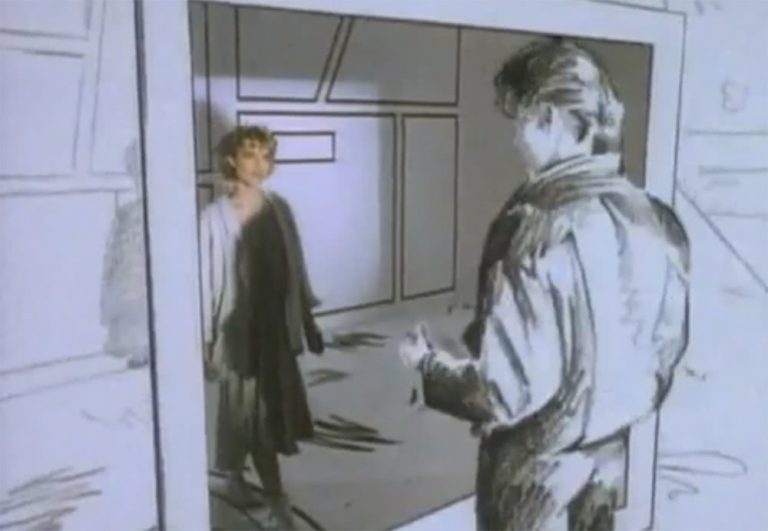‘Take On Me’ sounds like an effortlessly perfect pop single, piped in from mid-’80s Norway. In truth, it took many iterations before the song was anything resembling a success.
This version may only be a demo, but the keyboard sounds like a terrible 1800-line Nintendo knock off, and the lyrics are among the worst ever uttered into a microphone. “Come on, say after me / I’m happy, happy as can be / Hip, hip hooray”. It sounds like an esteem-building exercise at the worst after school am-dram theatre ever.
It’s certainly not the type of wordplay that would set the world on fire. But even these lines would have passed muster with such a huge chorus on the way: that swooping gem with the insanely high note that everyone still fancies themselves a chance at hitting. Only, in the demo version of the song, this chorus is completely absent. Instead we are treated to no lift, a lacklustre melody, and these lines: “So here’s a kid lesson, my number one / All’s good that starts well and moves with the sun”. Nonsense.
Luckily, the listener is dragged out of this stage of shock with the introduction of a truly confusing Tarzan yelp halfway through the second verse, an inclusion so baffling it actually made me spit take – definitely not the intended response.
It actually sounds like A-ha tried really hard to fail with this song. It was originally titled ‘Lesson One’, a title guaranteed to give kids all around the world an involuntary jolt of homework-related malaise, then it was renamed to the catchy ‘All’s Well That Starts Well And Moves With The Sun.’
The first official release of ‘Take On Me’ quickly bombed, and the band scrambled to re-record it, still sensing a hit. The label agreed, and pumped money into studio time and a then-cutting-edge video which used a groundbreaking technique called rotoscoping. With huge, dramatic vocals, futuristic visuals, and an ear worm of a synthline, the song was a smash. The song inspired a young Chris Martin to become a singer, and if you close your eyes you can hear the similarities between this song and Martin’s many leaps to falsetto.
“I have no doubt that the video made the song a hit,” keyboardist Magne Furuholmen told Rolling Stone in 2010. “I don’t think it would’ve been given the time of day without the enormous impact of the video.”
Maybe this is true, but as the video became laughably dated it was the song itself that held up, and it still sounds amazing – unless, of course, someone is trying their luck at karaoke.


































